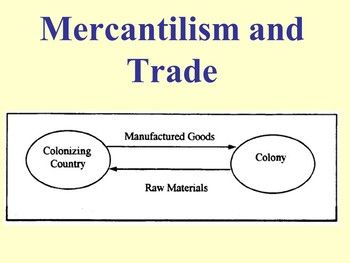Introduction:
Evolving since 2008, the Neighbourhood First Policy (NFP) represents a cornerstone of Indian foreign policy. It prioritizes building strong relations with India’s immediate neighbours – Afghanistan, Bangladesh, Bhutan, Maldives, Myanmar, Nepal, Pakistan, and Sri Lanka. This policy aims to create a stable, secure, and prosperous regional environment for India’s own economic and strategic advancement.
Core Objectives of the NFP:
- Enhanced Connectivity: The NFP prioritizes physical (roads, railways), digital (fibre optic networks), and people-to-people connectivity through cultural exchange programs and relaxed visa regimes.
- Economic Cooperation: The policy focuses on boosting trade and investment through initiatives like Free Trade Agreements (FTAs) and regional economic integration through groupings like BIMSTEC (Bay of Bengal Initiative for Multi-Sectoral Technical Cooperation). As of 2021, over 50% of India’s external assistance goes towards its neighbours [3].
- Security Cooperation: The NFP recognizes shared security threats like terrorism and trans-border crimes. It encourages joint military exercises, intelligence sharing, and capacity building for regional security forces.
- Peaceful Resolution of Disputes: The policy advocates for dialogue and peaceful settlement of conflicts within the region.
Benefits of the NFP:
- Strategic Security: A stable and peaceful neighbourhood fosters a secure environment for India’s own economic development and protects against potential regional threats.
- Economic Growth: Enhanced connectivity and trade cooperation boost regional economic activity, leading to increased trade volumes and foreign direct investment (FDI) inflows.
- Projecting Soft Power: Cultural exchange and people-to-people interactions allow India to project its soft power and build goodwill with its neighbours.
Challenges of the NFP:
- Uneven Progress: Relationships with some neighbours, particularly Pakistan, remain strained due to historical mistrust and territorial disputes.
- Internal Issues in Neighbouring Countries: Political instability and internal conflicts within some neighbouring nations can impede effective implementation of NFP initiatives.
- Competition from Major Powers: The growing influence of China in the region presents a challenge to India’s primacy in the neighbourhood.
Data Points:
- As of 2021, India’s trade with its neighbours stands at over $200 billion [1].
- BIMSTEC, a key regional grouping promoted under the NFP, has a combined GDP of over $2.8 trillion [2].
- India has undertaken numerous infrastructure projects in the neighbourhood, including the Kaladan Multimodal Transit Transport Project with Myanmar.
Conclusion:
The Neighbourhood First Policy remains a vital strategic tool for India, fostering regional stability and economic prosperity. However, navigating complex geopolitical realities and addressing internal challenges within neighbouring countries is crucial for the policy’s continued success. By effectively addressing these challenges, India can ensure the NFP continues to serve as a cornerstone of its foreign policy in the years to come.
Sources:





Leave a comment